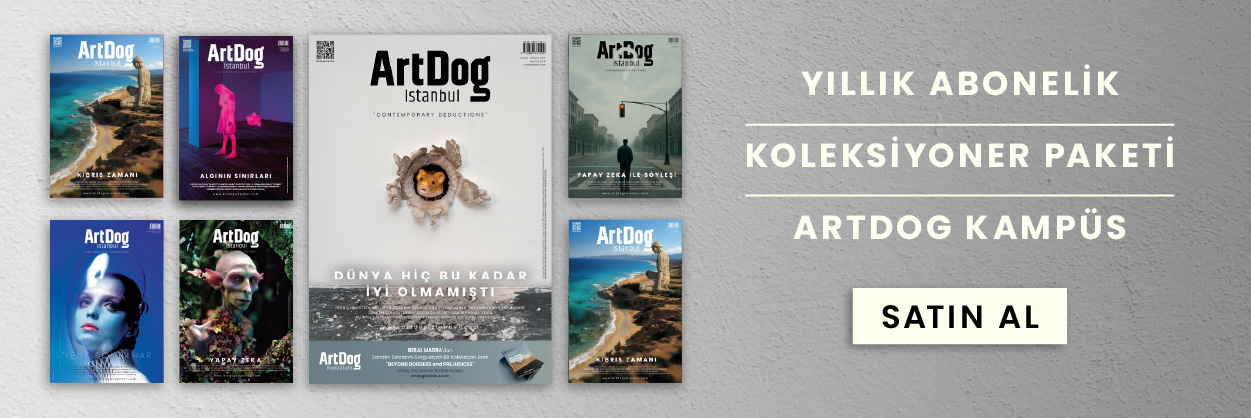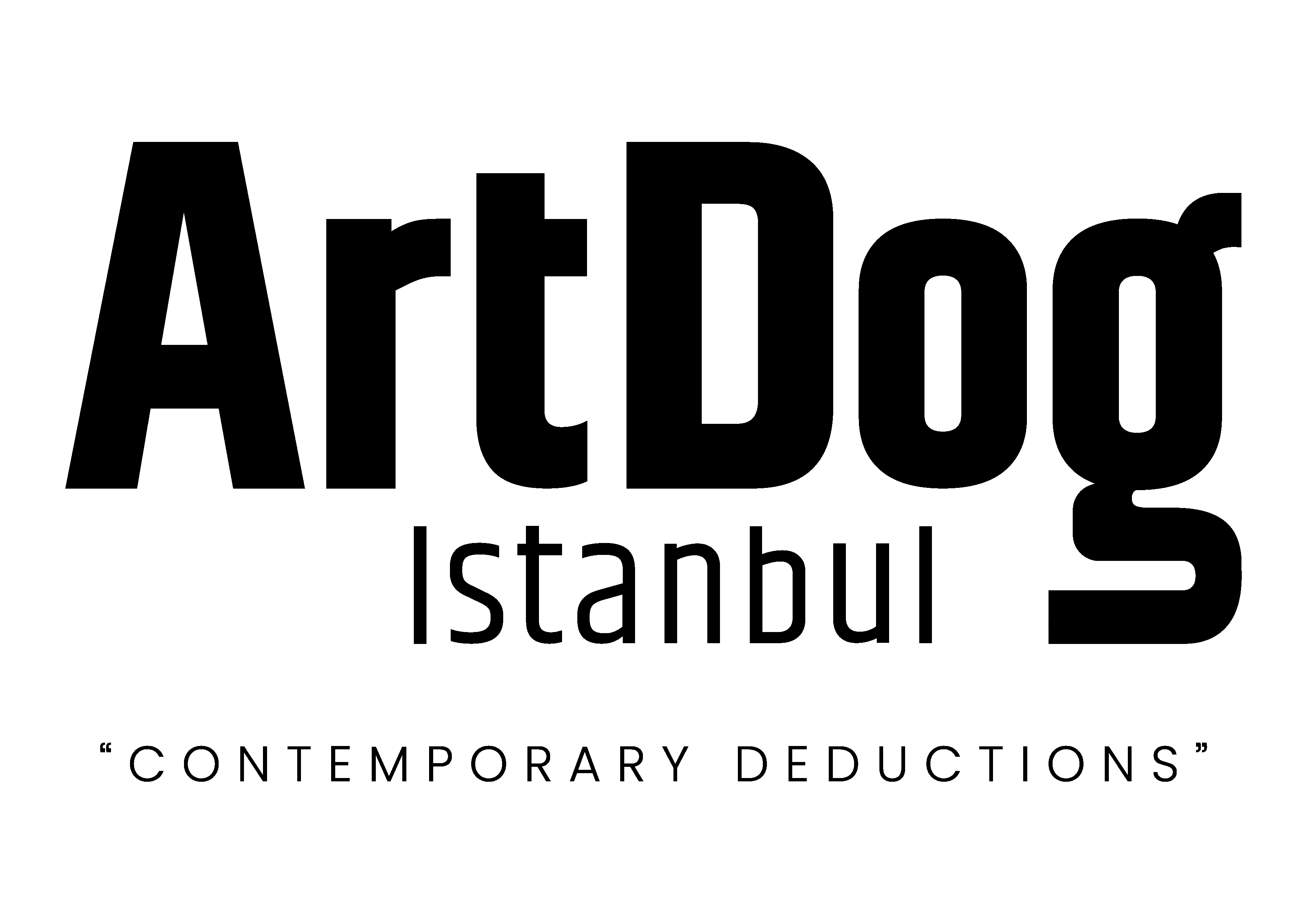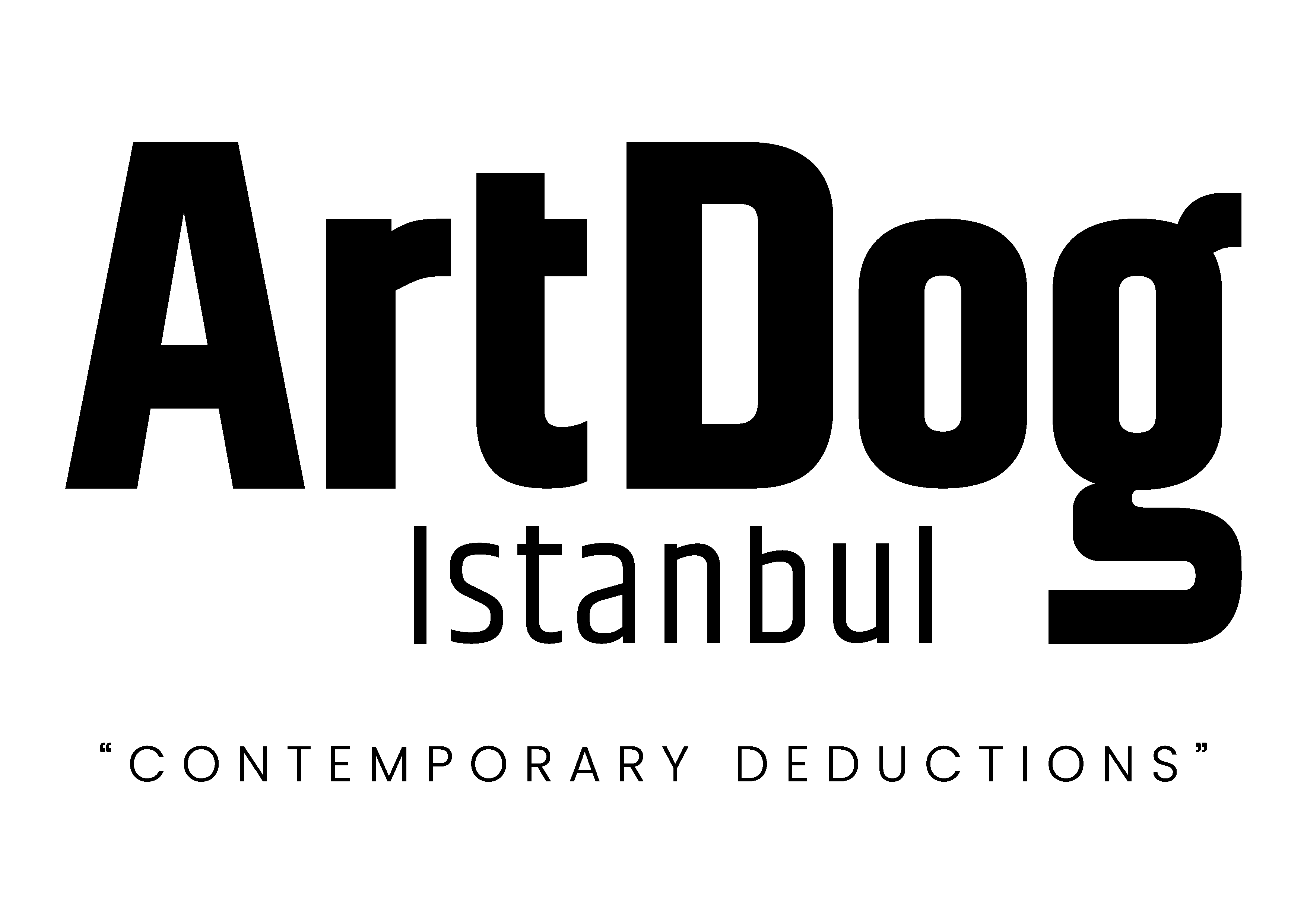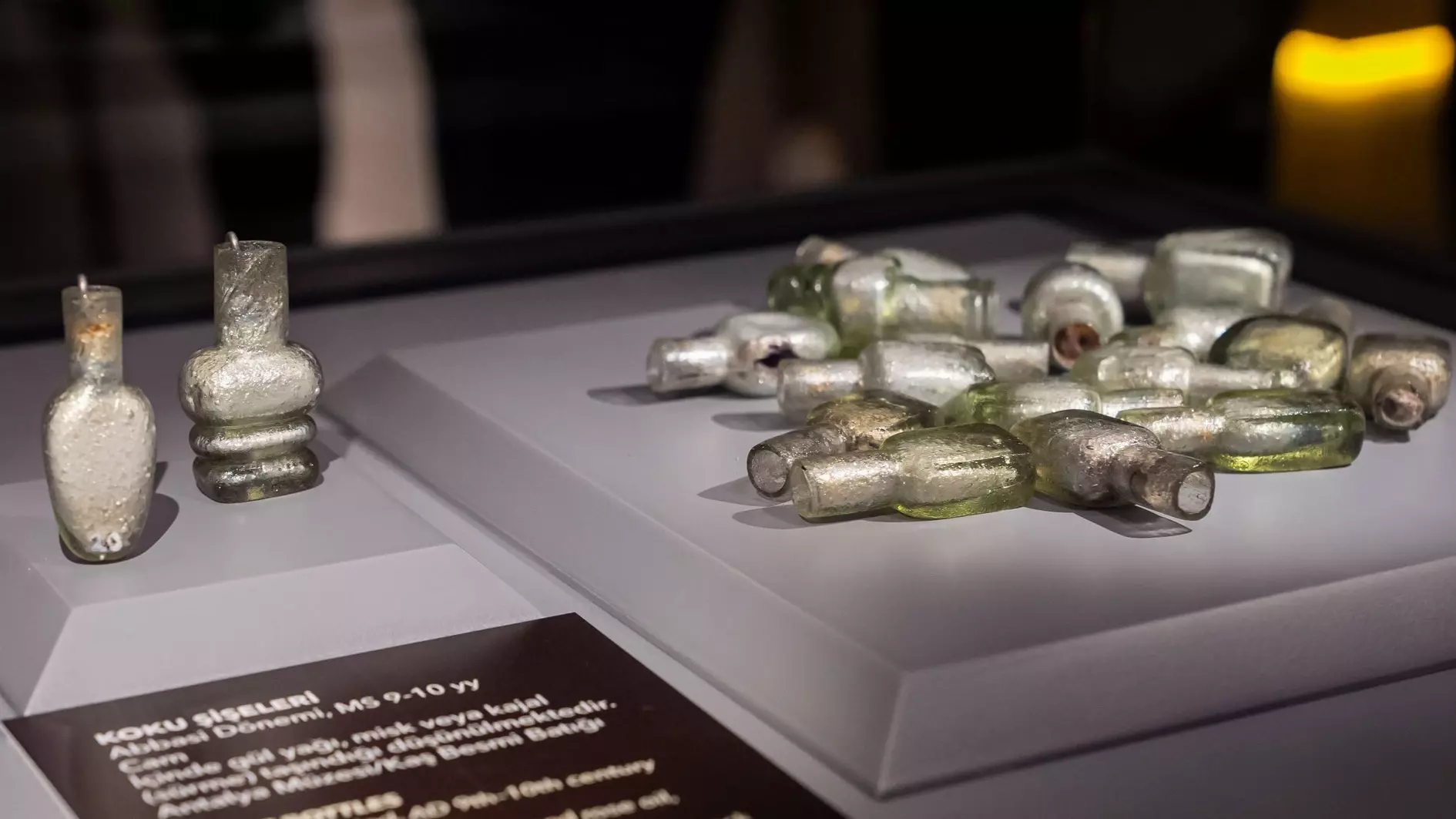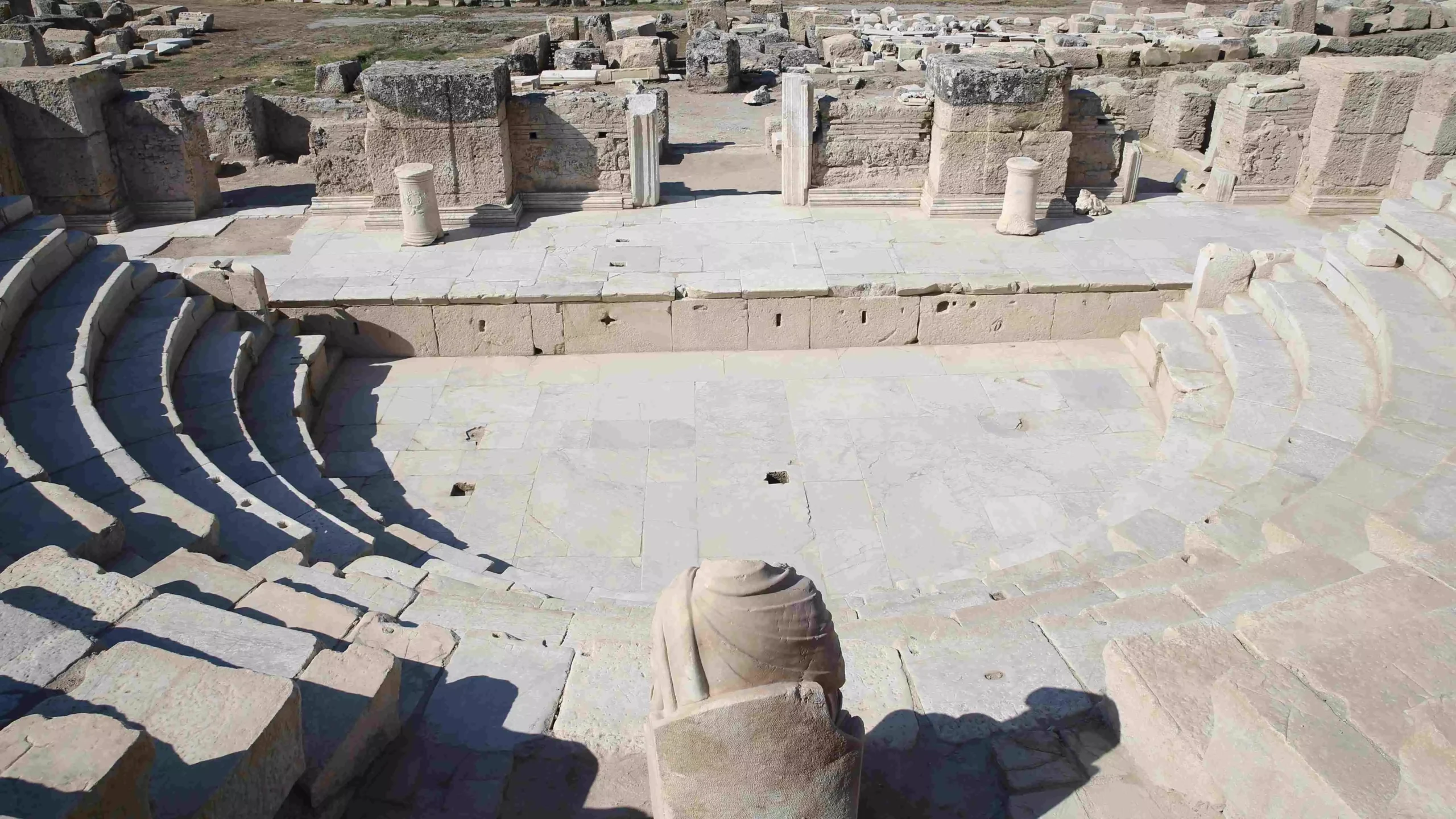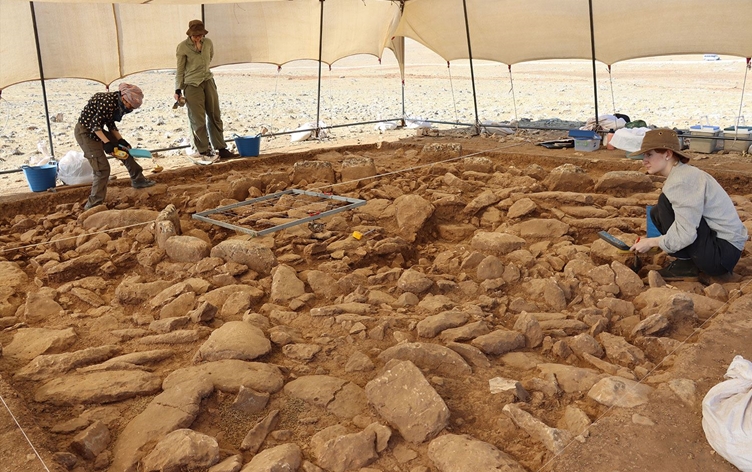A recent underwater excavation off the coast of Kaş, in Antalya’s turquoise waters, has brought to light a collection of delicate glass perfume bottles, dating back around a thousand years. Believed to have originated in the eastern Mediterranean, these artifacts could be among the earliest traces of fragrance imports to Europe.
The discovery was shared by archaeologist Hakan Öniz, director of the excavation, during the exhibition The Golden Age of Archaeology at Ankara’s Presidential Library, where 485 newly uncovered artifacts are on view. “Anatolia has always been at the crossroads of civilizations and seafaring routes,” Öniz noted, recalling how his team has identified more than 400 shipwrecks along Türkiye’s Mediterranean coast under the Heritage for the Future Project.
Among the ongoing excavations are a Middle Bronze Age wreck in Kumluca, a Late Hellenistic–Early Roman ship filled with ceramic plates, and a vessel from Adrasan loaded with raw glass. Yet it is the Kaş-Besmi wreck, a millennium-old trade ship thought to have carried amphorae of olive oil from Gaza and other Levantine ports, that yielded the most intriguing find: fifteen miniature glass bottles, each six to seven centimeters tall, crafted with mold-blowing techniques typical of Syria-Palestine.
Preliminary analysis suggests these vessels once contained precious substances such as rose oil from Damascus, musk, and amber—scents highly valued in the East but still unfamiliar to medieval Europe. “Perfume and glassmaking technologies traveled westward, and these bottles may represent some of the earliest examples of that exchange,” Öniz explained.
For the excavation team, the allure is not in treasures of gold, but in revealing fragments of history otherwise lost to the sea. The perfume bottles, with their aquamarine hues and fragile forms, now stand as a highlight of the Ankara exhibition, sparking new conversations on cross-cultural trade and the sensory worlds of the past.
The project also reflects Türkiye’s prominent role in underwater archaeology, with international scholars and graduate students from Australia to Argentina joining through UNESCO and ICOMOS initiatives. As Öniz reminds, the field itself has deep roots in the region: long before the discipline gained recognition in the 1960s, Osman Hamdi Bey, the visionary director of the Istanbul Archaeology Museum, carried out pioneering underwater work in the 1890s.
Today, Türkiye continues to serve as both a guardian of the Mediterranean’s maritime heritage and a leader in uncovering stories that connect cultures across time.

